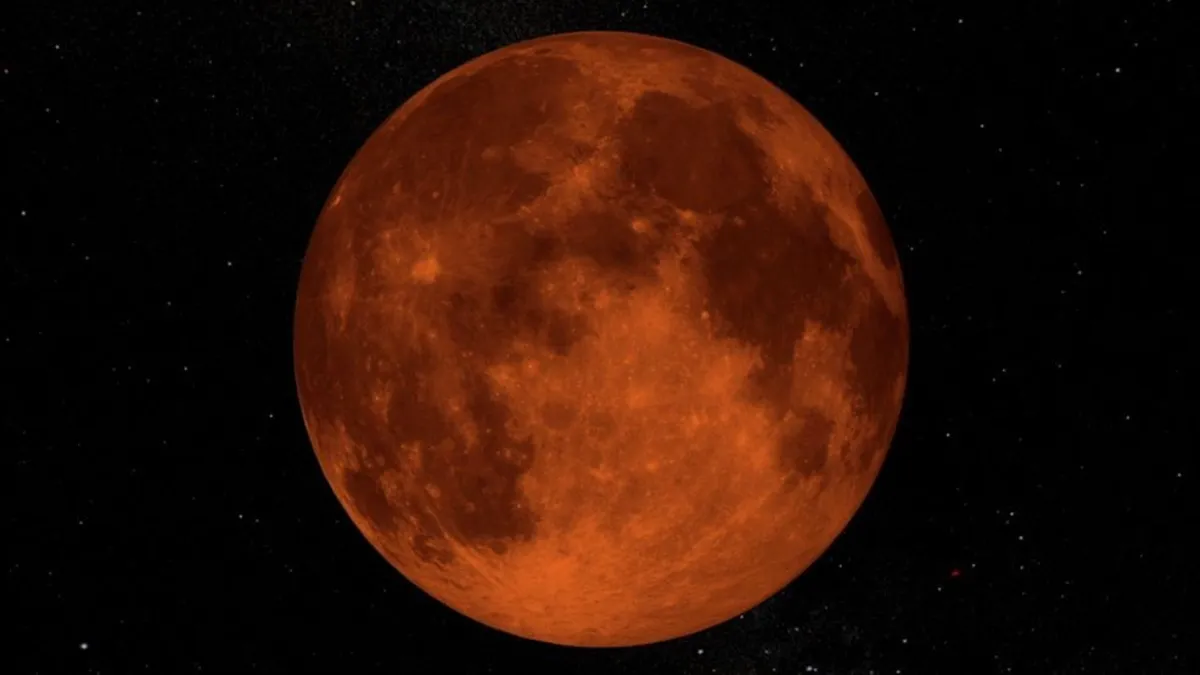
While the winter months and early spring are often cloud-covered in the Pacific Northwest, residents of western Washington should remain vigilant for opportunities to witness celestial events. If the clouds part, keen observers may be treated to a series of fascinating astronomical phenomena, including eclipses and a spectacular parade of planets.
Currently, a stunning planetary parade is taking place, featuring seven planets in alignment, although some may be challenging to spot without special equipment. A planetary parade occurs when multiple planets appear to cluster together in the night sky, creating a breathtaking spectacle. Unlike a straight line, these planets align closely on one side of the sun. Such astronomical gatherings are relatively common and can happen annually, depending on the alignment of the planets.
Having all seven planets visible at once is a rare event. According to NASA, a visible parade of four or five planets occurs every few years. A similar planetary alignment occurred last June, but only two planets were visible without assistance. In January, six planets were visible, with four of them easily seen by the naked eye. Currently, Venus, Mars, and Jupiter are shining brightly in the sky, while a faint Mercury and Saturn hover near the horizon, making them harder to detect. For those with binoculars or telescopes, Uranus and Neptune are also observable.
To catch this celestial display, venture outside on a clear, cloudless night after sunset. The planets will be more luminous than the surrounding stars, with Mars appearing as a distinctive reddish-orange dot. Utilizing stargazing apps can enhance your experience by guiding you on where to look.
The night between March 13 and 14 will provide a fantastic opportunity for stargazers to witness a lunar eclipse. Lunar eclipses occur only during a full moon when Earth passes directly between the sun and the moon. This alignment casts Earth’s shadow onto the moon’s surface, dimming its typical brightness and giving it a striking red hue for several hours.
Unlike solar eclipses, lunar eclipses last significantly longer and can be viewed from larger areas of the globe. Importantly, lunar eclipses always occur within two weeks of a solar eclipse, with a partial solar eclipse scheduled for March 29.
Spring will officially arrive with the vernal equinox on March 20, marking a significant transition for the Northern Hemisphere. But what exactly does the equinox signify? The term "equinox" derives from Latin words meaning "equal" and "night," indicating that day and night are nearly equal in duration during this time.
As Earth orbits the sun, its axial tilt changes, causing variations in sunlight distribution across the hemispheres. At the equinox, the tilt allows for equal sunlight exposure, resulting in balanced day and night lengths. The vernal equinox can fall between March 19 and 21, while the autumnal equinox occurs between September 21 and 24.
In contrast to the equinoxes, solstices mark the points in the year when Earth's axial tilt is at its most extreme. This tilt results in unequal distribution of sunlight, leading to the longest and shortest days of the year. The summer solstice, occurring between June 20 and 22, brings the longest day and shortest night for the Northern Hemisphere. In Seattle, for instance, the summer solstice will be on June 20, 2025. Conversely, the winter solstice, which occurs between December 20 and 23, results in the shortest day and longest night, falling on December 21, 2025, in Seattle.
It is essential to differentiate between meteorological and astronomical seasons. Meteorological seasons are based on the annual temperature cycle and divide the year into three-month segments: spring begins on March 1, summer on June 1, fall on September 1, and winter on December 1. In contrast, astronomical seasons are tied to Earth's position in relation to the sun, with equinoxes marking the start of spring and autumn, while solstices indicate the beginning of summer and winter.
A solar eclipse occurs when the moon moves between Earth and the sun, blocking sunlight. In the case of a partial eclipse, the three bodies are not perfectly aligned, resulting in a crescent of the sun still visible. Unfortunately, this upcoming eclipse will not be viewable from most of the U.S., including the Pacific Northwest.
For those interested in astronomy, this spring promises to deliver captivating celestial events, making it an exciting time for stargazers in the Pacific Northwest.